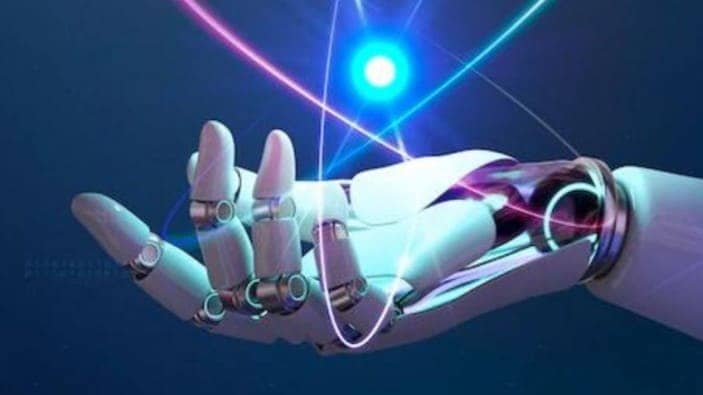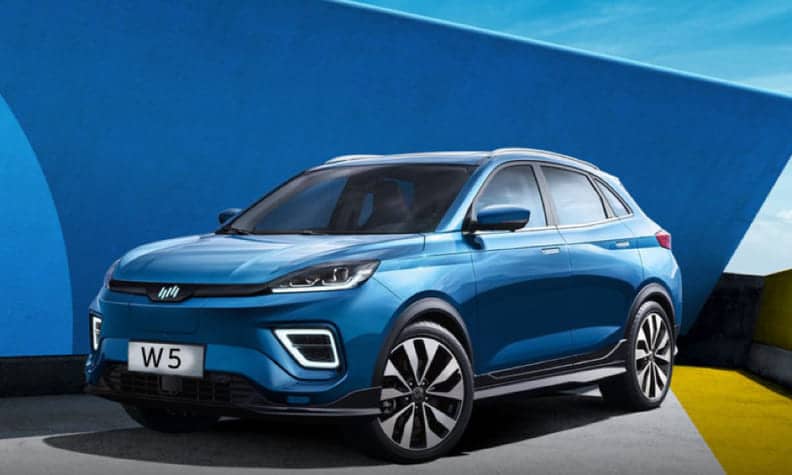Bankruptcy Filing: Chinese Electric Vehicle Startup WM Motor
According to the national company bankruptcy information disclosure website, the Chinese electric vehicle (EV) startup WM Motor has declared bankruptcy. According to Monday’s notification, a Shanghai court handles the bankruptcy case.
WM Motor, a Chinese electric vehicle (EV) startup, has formally declared bankruptcy. This development signifies the demise of a once-promising competitor in the Chinese EV market, which is experiencing price competition that is escalating in the largest auto market in the world.
According to a file made on the national enterprise bankruptcy information disclosure website on Monday, the court in Shanghai is handling the bankruptcy case for WM Motor. This submission highlights some market participants’ difficulties in China’s fiercely competitive and quickly developing electric vehicle market.
WM Motor, a Chinese EV company that had initially shown promise, has filed for bankruptcy due to current financial challenges. To build a sustainable presence, businesses must navigate intense competition, alter consumer tastes, and shift market dynamics. This predicament represents the broader dynamics and problems in the electric vehicle industry.
The troubled electric vehicle (EV) manufacturer WM Motor and Kaixin Auto Holdings, a U.S.-listed used car dealer, announced a non-binding purchase term sheet in September. This transaction was vital since it followed WM Motor’s unsuccessful attempt at a reverse takeover with Hong Kong-listed Apollo Future Mobility.
After two failed attempts to obtain a listing on Shanghai’s STAR Market and the Hong Kong stock exchange, the failed transaction with Apollo Future Mobility was seen as WM Motor’s only chance of survival. These hurdles served as a reminder of the obstacles WM Motor faced in its quest for finance and stability in China’s highly competitive and developing EV market.
There were hopes that Kaixin Auto Holdings’ involvement in WM Motor’s potential acquisition would provide a lifeline for the struggling EV manufacturer. However, the company’s subsequent bankruptcy filing indicates that its financial problems ultimately proved too great to overcome.
Freeman Shen, a renowned auto industry veteran, started WM Motor in 2015. At first, the company showed great promise and was regarded as one of the rising stars in China’s EV startup scene. It was frequently referenced in the same breath as other well-known Chinese EV manufacturers, including Nio, Li Auto, and XPeng. WM Motor had many significant investors, including Shanghai’s state-owned asset regulator and Chinese tech giant Baidu.
Despite early optimism and strong investor support, the Shanghai-based business faced significant difficulties in the capital-intensive automotive industry. It failed to turn a profit, a challenge many companies face in the cutthroat and expensive EV market. These financial issues finally led to WM Motor declaring bankruptcy, a significant setback for the once-promising industry.
Before declaring bankruptcy, WM Motor experienced significant financial difficulties. The company claimed yearly losses that had doubled to 8.2 billion yuan ($1.13 billion) over the three years before 2021, according to the stock prospectus for the company that was published in June 2022 for a planned Hong Kong initial public offering (IPO). These substantial losses demonstrated WM Motor’s financial difficulty despite its early promise and solid investor support.
After several months of contraction, the Chinese passenger vehicle market showed indications of recovery in August with a year-over-year sales rise. Deeper discounts and government tax breaks for environmentally friendly vehicles improved customer attitudes. However, given China’s post-COVID economic recovery uncertainty, some concerns remain regarding consumer spending on large car purchases.
WM Motor’s financial difficulties and eventual bankruptcy declaration highlight the problems some participants in the Chinese automotive industry confront as it continues to develop in the face of shifting consumer tastes, legislative changes, and economic uncertainty.
















